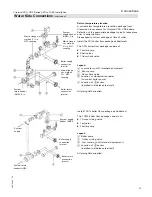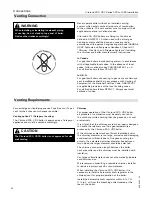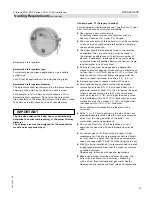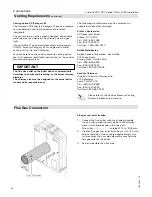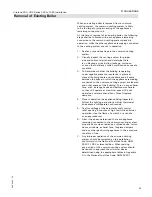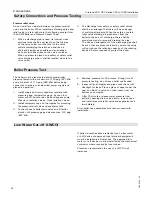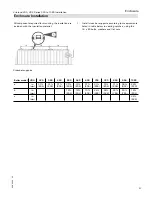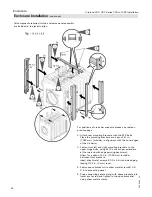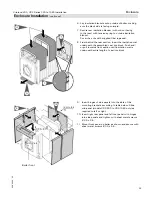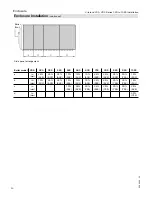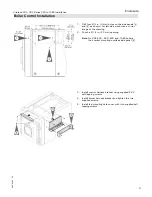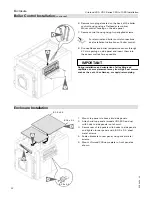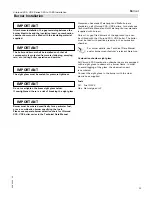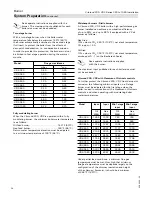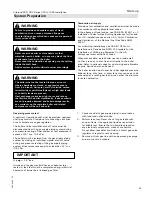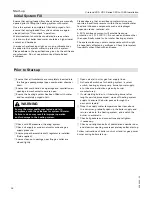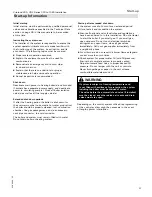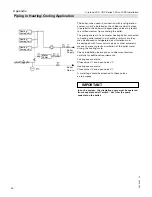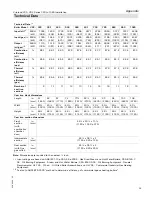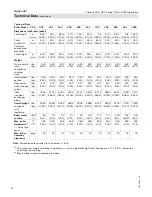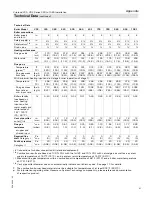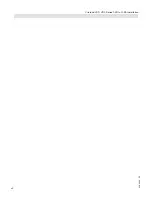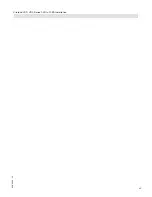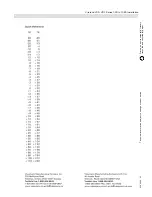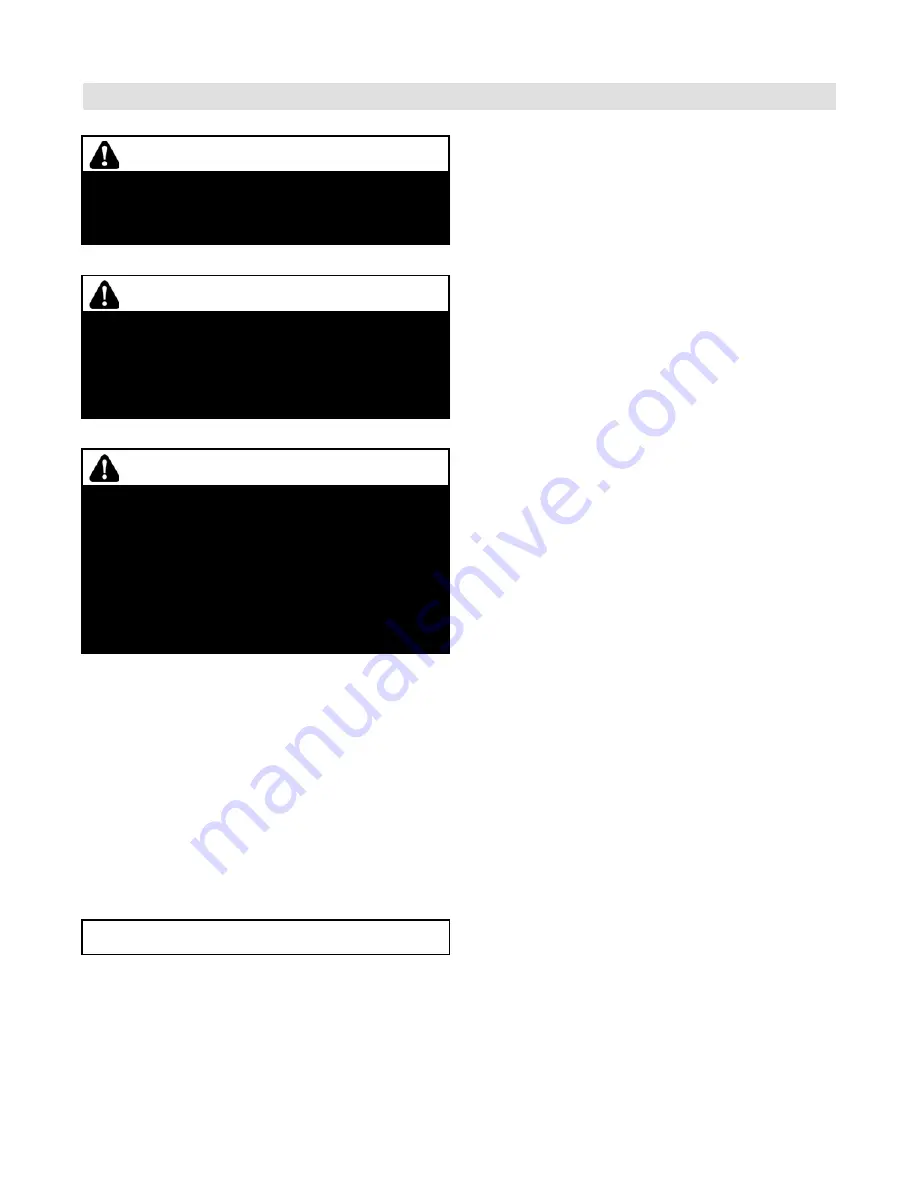
35
5285 429 - 03
Vitorond 200, VD2 Series 320 to 1080 Installation
System Preparation
Start-up
Combustion air supply
Provisions for combustion and ventilation air must be made
in accordance with applicable local codes.
In the absence of local codes, use CAN/CSA-B149.1 or .2
Installation Codes for Gas Burning Appliances for Canada.
For U.S. installations use section 5.3, Air for Combustion
and Ventilation, of the National Fuel Gas Code ANSI
Z223.1.
For oil burning installations use CSA B-139 for oil
installations in Canada and NFPA 31 Standard for the
Installation of Oil Burning Equipment in the US.
Always use latest editions of codes.
Whenever possible, install boiler near an outside wall
so that it is easy to duct fresh air directly to the boiler
area. Refer to national codes for duct sizing and allowable
lengths. Round ducts can be used.
The boiler location must never be under negative pressure.
Exhaust fans, attic fans, or dryer fans may cause air to be
exhausted at a rate higher than air can enter the structure
for safe combustion.
WARNING
Failure to provide an adequate supply of fresh
combustion air can cause poisonous flue gases
to enter living space which can cause severe personal
injury or loss of life.
WARNING
Never cover the boiler or store debris or other
materials near the boiler, or in any way block the flow
of adequate fresh air to the boiler.
Never cover the combustion air opening or put anything
inside the draft hood.
Advise system operator/ultimate owner accordingly.
WARNING
The boiler must not be located in areas or rooms
where chemicals are stored, or aggressive vapors
from (i.e. bleach, hair spray, methyl chloride, carbon
tetrachloride or perchloroethylene) or high dust levels
or humidity levels are present.
Heat exchanger corrosion might occur and reduce
the lifetime of the boiler significantly. If above criteria
are not properly observed and boiler damage results,
any warranty on the complete boiler and related
components will be null and void.
Gas piping pressure test
A sediment trap/dirt pocket must be provided upstream
of all gas controls. Provisions for connecting vent lines
or vent limiters are on gas regulator.
The boiler and its individual shut-off valve must be
disconnected from the gas supply piping system during
any pressure testing of that system at test pressures in
excess of 14” w.c. (3.5 kPa).
The boiler must be isolated from the gas supply piping
system by closing its individual manual shut-off valve
during any pressure testing of the gas supply piping
system at test pressures equal to or less than 14” w.c.
(3.5 kPa).
Unions and the gas manifold have not been factory-
tested. A leak test must be completed during initial trial
operation of burner by a licensed gas fitter.
1. Connect and size gas supply piping in accordance
with local and national codes.
2. Perform leak test. Never check for gas leaks with
an open flame. Use approved liquid spray solution
for bubble test. Ensure that no liquid is sprayed on
any electrical components, wires or connectors.
Do not allow leak detection fluid to contact gas valve
regulator or regulator vent opening.
3. Remove air from gas line with an approved gas purge
burner or vent to outdoors.
IMPORTANT
½ psig = 14 “w.c.

